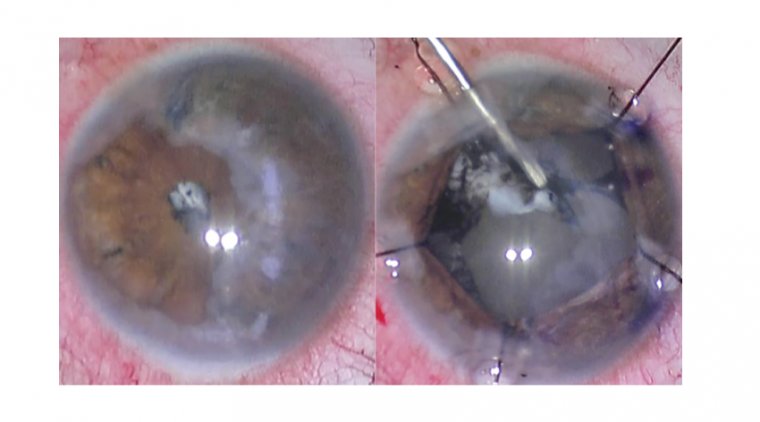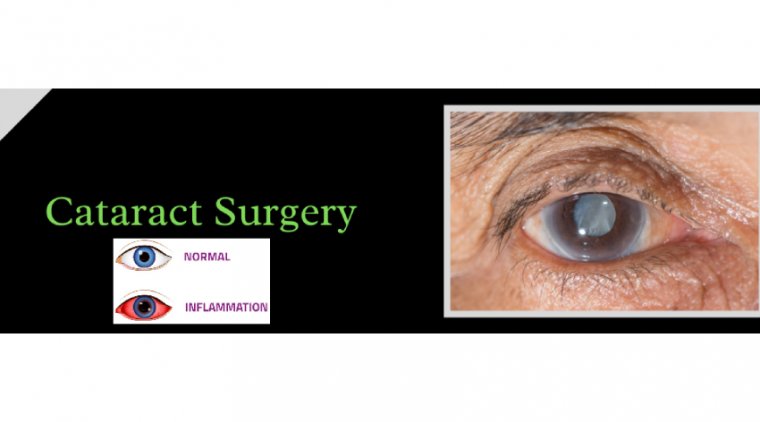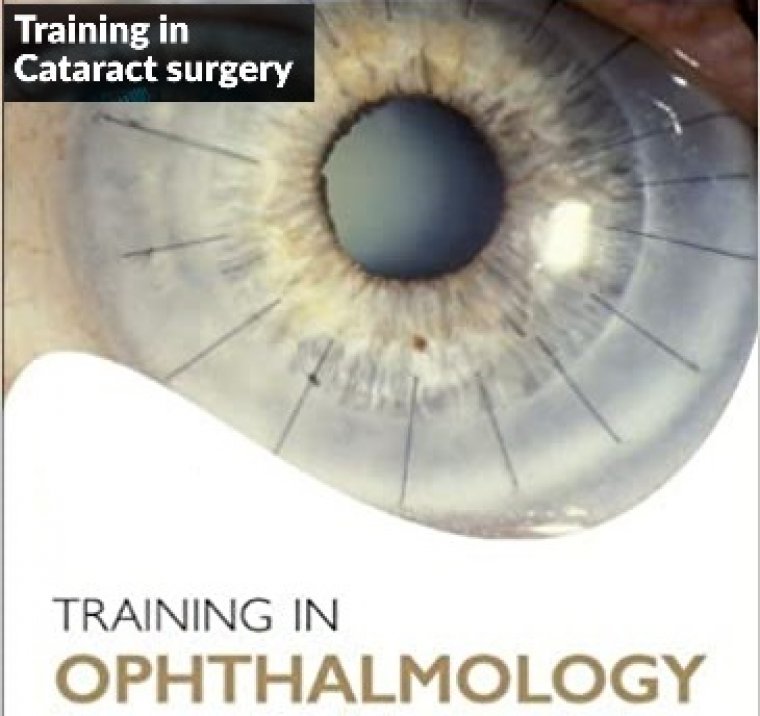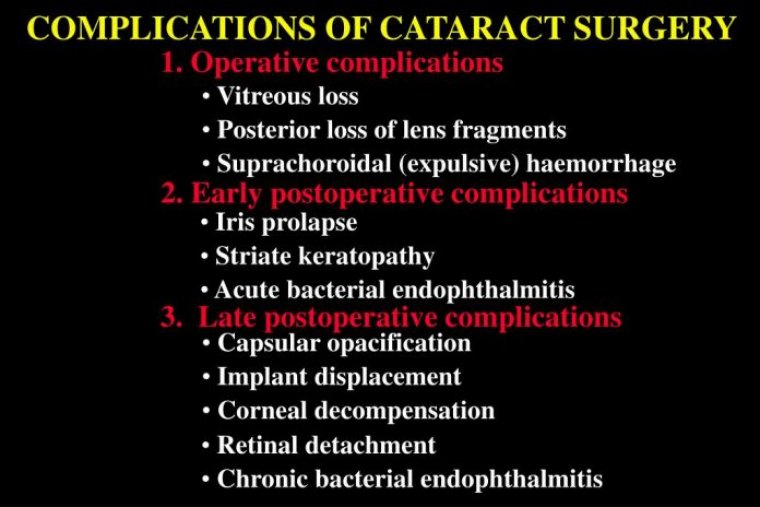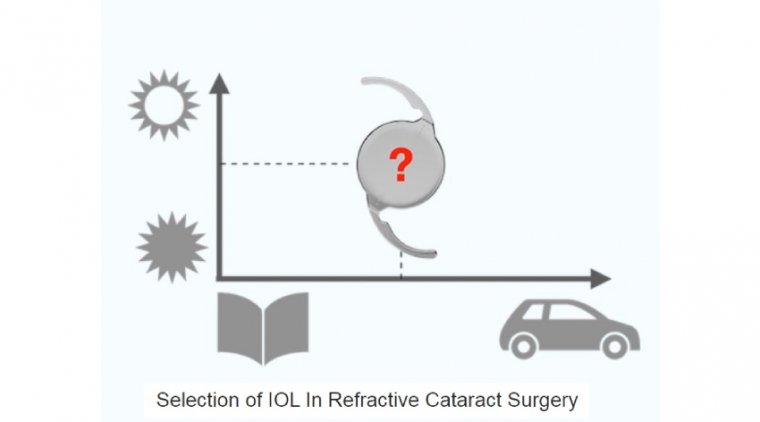
Selection of IOL In Refractive Cataract Surgery
Refractive accuracy in cataract surgery is increasingly important. Patients expect to obtain excellent visual acuity and quality after surgery, and the margin for error is narrowing.
Achieving a postoperative result within ±0.50 D of the intended refractive target is typical in most normal eyes, but certain types of eyes present challenges.
The new technology and medical advancements in IOLs not only provide a greater quantity of vision but also promise a drastically greater quality of vision. Traditional IOLs were monofocal, correcting vision for one distance.
Patients whose eyes were corrected to see in the distance still required corrective lenses to see to read or look at a computer.
With the new multifocal IOLs, many patients can see well at several distances, near and far, without the need for corrective lenses.
An accommodating IOL actually shifts positions in accordance with the moving eye muscle, changing the focus of vision from far to near.
Toric IOLs, correct astigmatism (blurred vision caused by multiple focus planes of light, usually caused by irregular curvature of the cornea) so patients can see well without glasses.
New aspheric IOLs correct visual distortions and allow for an improved degree of contrast sensitivity. With the ability to see better in varying lights, the aspheric IOLs sharpen vision in rain and fog and snow, even driving at nighttime.
With the new developments in IOLs come choices, a good thing for those losing their vision to cataracts, for no one size fits all.
The refractive cataract surgery landscape has changed dramatically. Neda Shamie, MD, a partner in the Maloney-Shamie Vision Institute in Los Angeles, California, outlined issues to consider with modern surgeries that include various IOL options.
Cataract surgeons’ focus regarding patients has gone beyond clearer vision, she said. They now aim to optimize vision and potentially offer freedom from eyeglasses with consideration of patients’ ocular pathologies, lifestyles, reading correction, previous refractive surgeries, and comorbidities such as dry eye, age-related macular degeneration, and glaucoma.
This new refractive cataract surgery approach includes potential use of premium IOLs including the Light Adjustable Lens (LAL; RxSight), trifocal IOLs (PanOptix, Alcon; Tecnis Synergy, Johnson & Johnson), extended-focus IOLs (Tecnis Symfony, Johnson & Johnson; Vivity, Alcon), toric monofocal plus IOL (Tecnis Eyhance Toric; Johnson & Johnson), and toric monofocal IOLs.
“These technologies allow customized optimization of the visual outcomes,” Shamie said, explaining that to achieve optimization in her practice, she asks patients to tell their vision stories and how they use their eyes throughout the day.
This information facilitates discussion and allows her to offer the best match between available advanced IOL technology and the patient’s ocular health and visual needs. In contrast, explaining the various IOL technologies and their capabilities can confuse patients.
IOL attributes and candidates
LAL. Shamie sees this lens as the great fit for many of her patients. This IOL offers customizable vision shortly after implantation; it is fine-tuned to meet the patient’s needs and enables adjustable monovision.
With this IOL, there are no refractive surprises, toric IOL rotation, or decreased contrast. This IOL also offers some extended focus when adjusted toward a slight myopic outcome. Patients will need to use UV protective glasses; the proper adjustment requires an average of 3 visits for fine-tuning over 3 to 5 weeks postoperatively.
With the updated version having ActivShield (RxSight), results are more precise and concerns about adherence with UV protective glasses are lessened. The toric correction is limited to less than 2 to 3 diopters of astigmatism.
Shamie said she views the LAL as a “fantastic” addition to the advanced IOL options. Many patients opt for mini-monovision with the LAL, which offers extended depth of focus. With the dominant eye targeted for distance and the nondominant eye to about –0.75 diopter, the patient has the full visual range with minimal to no nighttime aberrations, she explained.
The perfectionist patient, perhaps a pilot or engineer, wants the best distance vision without compromising quality and does not mind reading glasses. “The LAL is a truly customizable option for the patient who wants optimized vision with no nighttime glare and halos,” she said.
Trifocal IOLs
This option provides excellent uncorrected vision at all distances with reduced need for glasses, less dependence on lighting conditions, and far less nighttime visual aberrations compared with the previous generation multifocal IOLs.
However, some nighttime glare and halos are possible, and a refractive enhancement may be needed. Someone who wants to see at all distances without glasses and is willing to accept the possibility of mild nighttime glare and halos is the right patient for this IOL.
“I have enjoyed very much offering this option and have had very happy patients as a result,” Shamie said.
Extended-focus IOL
This technology offers extended, fluid range of focus from intermediate to distance vision.
It has a monofocal-like quality for distance vision, with the added intermediate vision (arm’s length) without need for glasses. Patients will still need reading glasses and may need refractive enhancement to optimize visual outcomes.
Shamie corrects the nondominant eye to a mini-monovision level at about –0.5 D, providing slight extension of the extended focus.
The nighttime aberrations are minimal to none. “Patients are very happy with this IOL, which is very forgiving of residual refractive error or comorbidities,” she explained.
Active infrequent readers, such as executives or computer users, consider distance and intermediate vision important and rarely read or do close work.
The best option may be the extended focus Vivity lens or perhaps the LAL with monovision for this group of patients.
Monofocal IOL
Eyhance (Johnson & Johnson) monofocal IOLs (toric and nontoric) offer some extended focus but are not categorized as an extended-focus IOL.
The longtime monovision patient—for example, a 65-year-old myope who previously enjoyed monovision with toric contacts—may get the best results with a toric IOL with monovision or the LAL with titratable monovision, Shamie suggested.
The content –4.0 D myope, perhaps the most challenging patient, likes close work without using glasses and does not know that if the myopia is corrected, the uncorrected near focus is lost.
This patient has a few good options—a monofocal IOL set to near vision, a trifocal IOL understanding the less strong near vision, or an LAL targeting –2.0 D with the option to titrate the outcome are the best options.
Shamie summarized the ideal scenario when choosing an IOL: The referring physician o ers the possibility of premium IOL choices. The patient is aware of their visual needs and history of corrective glass/contact lens use.
The patient presents enthusiastically to the consult to learn about all the potential IOL choices. A trusting relationship is established early and an informed decision is made.
The visual outcome is personalized to the patient’s needs. “With all of this in mind, refractive cataract surgery is not only possible but will lead to happy patients,” Shamie concluded.



